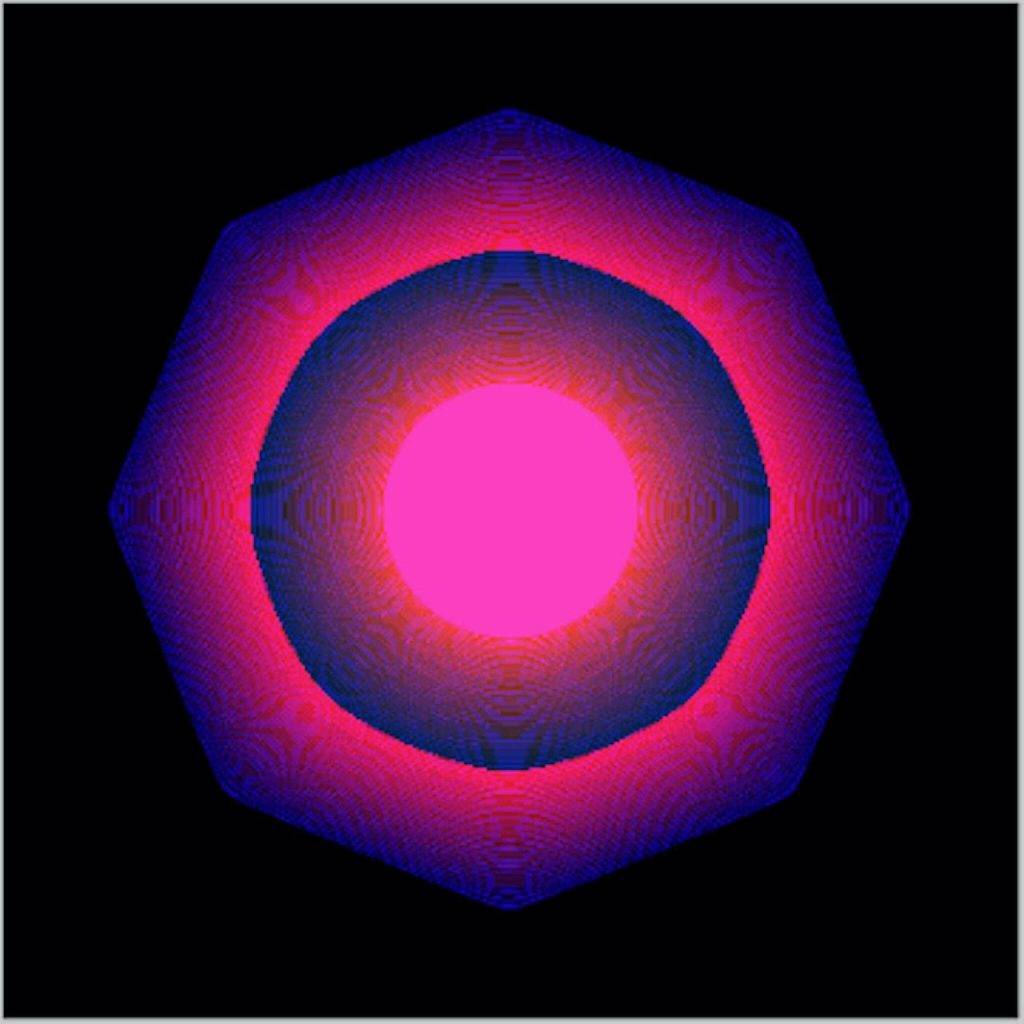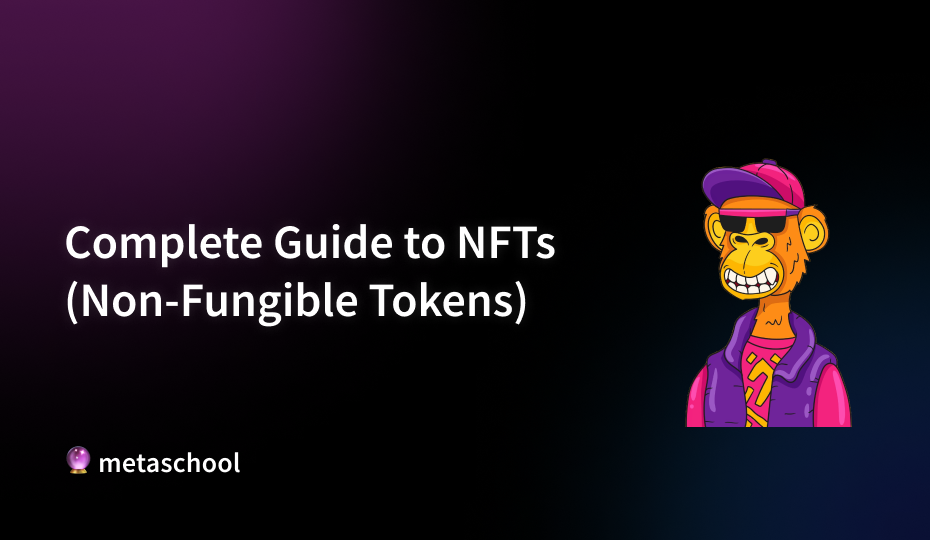Table of Contents
NFTs, or non-fungible tokens, are a type of digital asset that represent ownership of a unique item or piece of content, such as a piece of artwork or a tweet.
Intro to NFTs
Non-fungible tokens are built on blockchain technology, which allows for the creation of digital assets that can be bought, sold, and transferred just like physical assets.
NFTs have become increasingly popular in recent times. In 2020, the total sales for NFT art reached $17.2 million, and by December 2021, it exceeded $2 billion.
However, not all NFT’s are expensive and some of them cost only a few dollars, it depends on the uniqueness and rarity of the item.
NFTs are also being used for other types of digital content, such as collectible trading cards and even tweets. The possibilities of NFTs are still being explored, but they have the potential to revolutionize the way we think about ownership and value in the digital world.
The first NFT ever was minted by a digital artist called Kevin McCoy ‘Quantum’ in 2014 on Namecoin Blockchain. It was a digital image of an octagon that changed color. This event initiated more experimentation into the process of NFTs. In fact, even the Ethereum Blockchain started working on NFTs right after it.

The big shift for NFTs was brought by the Ethereum Blockchain when they introduced a token standard, ERC-721. ERC 721 tokens are unique and non-divisive, and they allow developers to create, issue and deploy tokens on the blockchain. The standard also provides creators ownership and security for their asset which has never been done before in this secure manner.
John Watkinson and Matt Hall are two software developers that were so inspired by the London punk culture and cyberpunk movement that they created an NFT collection called ‘CryptoPunks’. These were 10,000 pieces and no two pieces were similar. In the beginning, this NFT was offered for free. Now they’re highly valued.
Following the success, a game called ‘CryptoKitties‘ was developed by Dapper Labs. CryptoKitties allows users to collect, purchase and sell a different breed of virtual cats. The game is also one of the reasons that NFTs became so famous.
However, these tokens are volatile. Logan Paul, a famous YouTuber, bought an NFT for $623,000 which now worth only $10 despite.
What are NFTs used for?
There are several types of NFTs that have been created, each with its own unique characteristics and uses. Some common types of NFTs with their own specific uses include:
1. Art
These are digital artworks that are created and sold as NFTs. They can include digital paintings, sculptures, animations, and other forms of digital media. They can be bought, sold, and traded on various marketplaces, and they have become increasingly popular in the art world.
2. Collectibles
These are digital items that are collected and traded. They can include trading cards, in-game items, and other forms of digital collectibles. They’re often used in gaming and other interactive entertainment applications, and they can have real-world value.
3. Utility
These provide specific functionalities or access to certain services or platforms. For example, utility NFTs can be used to represent access to virtual real estate, virtual worlds, or other online spaces. They can also be used to represent ownership of certain assets, such as a game item, or a digital product.
4. Social media
These are created and sold based on social media content such as tweets, Instagram posts, and videos. They can be used to monetize social media content and to create new revenue streams for creators.
5. Audio
These represent ownership of unique audio files, such as songs, albums, and soundscapes. They can be used by musicians to sell and license their music, and to create new revenue streams.
Check this out too 👇🏼
NFT Use Cases
1. Sell and authenticate digital artwork
NFTs are being used to sell and authenticate digital artwork, allowing artists to bypass traditional gatekeepers like galleries and auction houses. This has led to some high-profile sales, such as the digital artist Beeple selling an NFT artwork for $69 million at a Christie’s auction in March 2021.
2. In-game collectibles
Moreover, they have been used to represent in-game items such as weapons, armor, and other collectibles in games like Axie Infinity, Sorare, CryptoKitties and more. These items can be bought, sold, and traded on marketplaces such as OpenSea and they can have real-world value.
3. Sell and license music
Musicians are also using non-fungible tokens to sell and license music, and to create new revenue streams. These allow fans to purchase and own a limited-edition copy of a song or album, and to gain access to exclusive content and experiences.
For example, Kings of Leon released an NFT album, and it was sold out within a few hours. They also sold exclusive concert experiences, backstage meet and greets, and other experiences as unique tokens.
4. Digital collectibles of athletes, teams, events
Additionally, NFTs are being used to create digital collectibles of athletes, teams, and events. Fans can buy, trade, and own these NFTs, which can include exclusive video content, live streaming, and other perks. For example, NBA Top Shot, which is an online marketplace for officially licensed NBA collectibles in the form of non-fungible tokens.
Not to forget, they are being used to monetize social media posts and tweets, allowing creators to sell one-of-a-kind pieces of content to fans and collectors. For example, former Twitter CEO Jack Dorsey sold his first tweet as an NFT for $2.9 million.
5. Ownership of virtual real estate
Finally, NFTs have been used to represent ownership of virtual real estate and virtual worlds. For example, Decentraland, a virtual world where users can buy, sell, and develop virtual land, uses NFTs to represent ownership of land parcels.
These are some of the most popular use cases for NFTs, but there are many other possibilities as well. As the technology and ecosystem continue to evolve, it’s likely that we’ll see new and innovative ways for them to be used.
Common non-fungible token standards
There are several different types of NFT standards that have been developed to enable the creation and transfer of NFTs. These standards provide a common set of rules and protocols for creating, managing, and trading NFTs, and they include:
ERC-721
ERC-721 is the most widely used standard for creating NFTs on the Ethereum blockchain. ERC-721 tokens are unique and non-fungible, which means they cannot be replaced or exchanged for an identical token. This standard enables the creation of NFTs for a wide range of digital assets, including artwork, collectibles, and in-game items.
ERC-1155
This is an extension of the ERC-721 standard that allows for the creation of both fungible and non-fungible tokens in a single smart contract. ERC-1155 tokens can be used to represent a wide range of digital assets, including collectibles, in-game items, and other forms of media.
ERC-998
This standard allows for the creation of composable NFTs. These NFTs consist of different parts that can be combined to create a new NFT. This standard allows for more complex digital assets, such as virtual worlds, or virtual real estate.
Even though NFTs aren’t yet being used to their full potential, they’re here to stay and going to be a huge part of our future.
